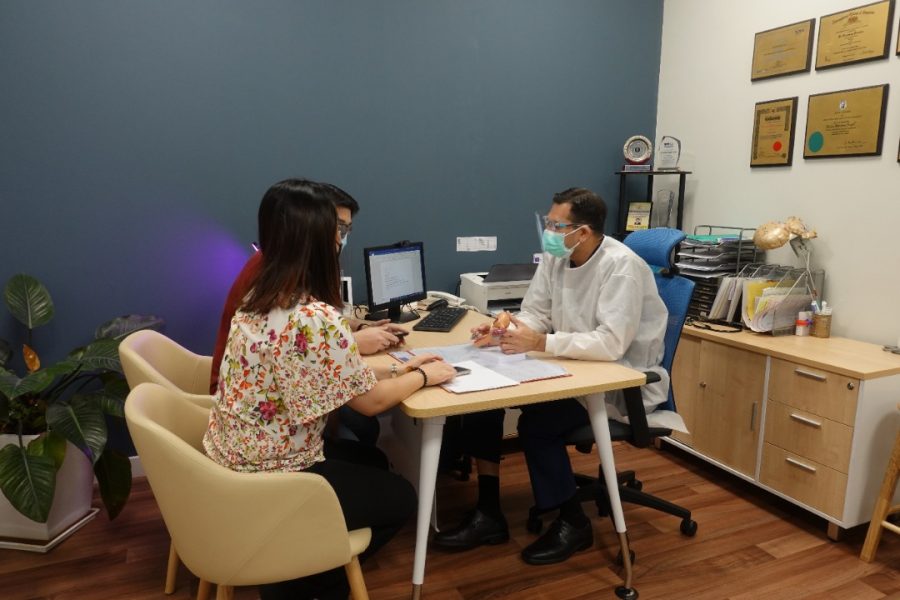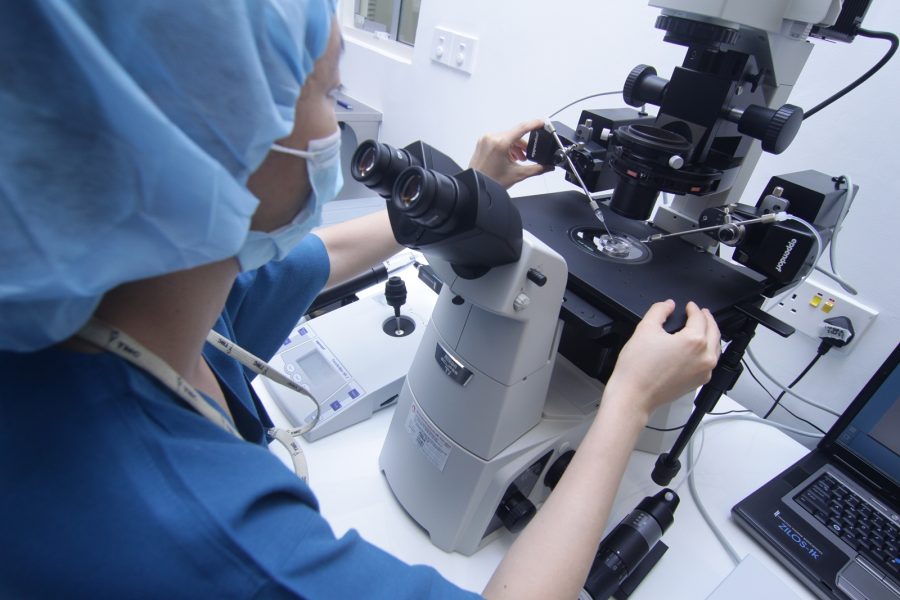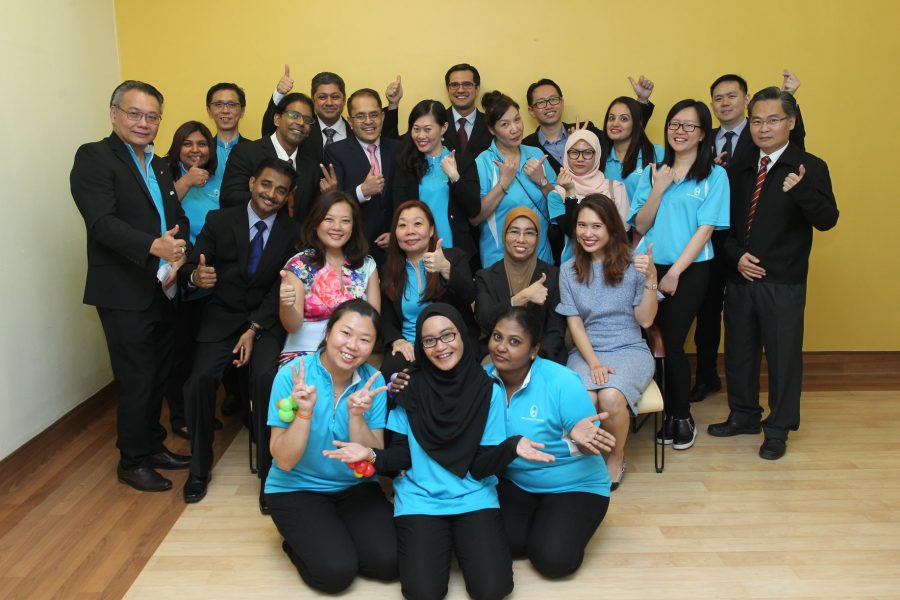Lee Juan, mother of a 10 years old daughter from Guangzhou, China, planned to have a second child right after the China government approved the Three Child Policy but in vain. The couple wasn’t paying too much attention due to busy working schedule until Lee Juan turned 37.
The couple decided to seek help in Guangzhou Fertility Centre, unfortunately Lee Juan was diagnosed with bilateral tubal blockage, her husband also had weak semen problems, and the sperm survival rate was only 5%. The couple went through IVF treatments in Guangzhou twice with no successful result. With the recommendation of their families and friends, they decided to fly to Malaysia for help.

Lee Juan is only one of the many couples who were seeking help of the IVF treatments oversea after the Three Child Policy. China officially ended its one-child policy in October 2015 in favour of a two-child policy before it introduced a three-child policy in May 2021. China’s birth rate continues to decline, with only 12 million in 2020, 2.65 million less than the previous year, and is expected to fall to less than 11 million in 2030. China government has passed a new law in which allows all couples to have three children to try to rejuvenate the aging population.
Many couples who plan to have another children after the new law, were exceeded their peak fertility age, thus the IVF and eugenics is in a higher demand. According to a statistics, 90 million couples plan to have more children, including 40 million women who were over 40 who wanted to have a second child through IVF. On the other hand, there were more than 50 million infertile people in China in 2018, that is, one in eight couples has an infertility problem. These large numbers of couples in their 40s, infertility and infertility, are all seeking solutions through IVF treatment.
Strict regulation and policy on IVF market in China, forced couples to go through too many hurdles to receive the treatment. Third generation IVF technology is even more restricted in China, and egg freezing technology still remains inaccessible to single women, overseas IVF market sees the opportunity of this huge market from China, including Malaysia.

The surge in Chinese demand for IVF and the growing demand for fertility treatment is good news for Malaysia’s Fertility Centres. Malaysia has experienced doctors and embryologists and a well regulated health care system. In Malaysia, the success rate of IVF is 65%, which is higher than the world average of 50%, and the cost is relatively reasonable.
In addition to the advanced third-generation IVF technology, Malaysia has well established laws and policies to protect the right of the patient. Malaysia’s medical is monitored by the Malaysia Medical Tourism Council (Malaysia Healthcare Travel Council, MHTC), a special government organisation under the Ministry of Health.

Other than fertility treatment, cardiology and health care are receiving a high demand too from the international patients. World class quality, affordable fee and easy access are the reasons why oversea medical tourists choose Malaysia. According to MHTC website, the number of medical visitors to Malaysia increased between 2011 and 2019, with more than 1.05 million since 2017 and 1.22 million in 2019 before the outbreak.
The partner medical centres of the MHTC provide IVF and diversified medical services to patients from overseas. The medical and service teams that are fluent in multiple languages, will be able to help patients through the consultative session, help arrange their itineraries, provide service before and after the treatment, and give the best advance to ensure the patients and their families can receive the treatment they need.


Comments are closed